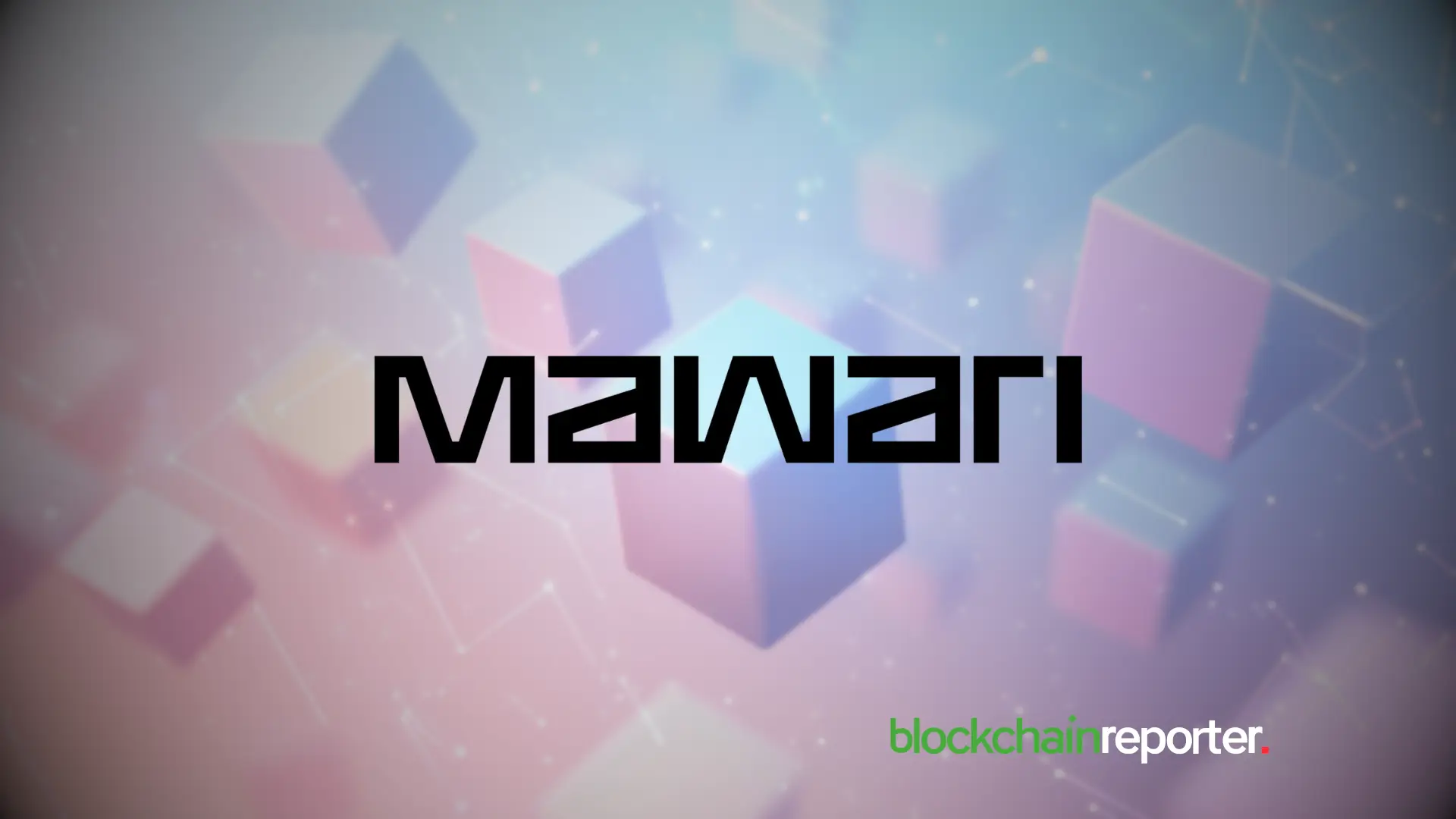Mawari Drops Game-Changing Portal: Ultra-Low Latency Meets Crowd-Powered Spatial Computing
Mawari just flipped the script on spatial computing—and your internet bill might not survive.
The latency killer
Their new community-driven portal slashes render times to near-instantaneous levels, bypassing traditional cloud bottlenecks. Think real-time metaverse interactions without the lag-induced nausea.
Crowdsourced rendering goes mainstream
By harnessing idle GPU power from users worldwide, Mawari's network cuts infrastructure costs by orders of magnitude. (Take that, AWS.) Early tests show latency under 15ms—faster than human blink reflexes.
The cynical finance angle
Venture capitalists are already frothing—because nothing screams 'web3 bubble' like monetizing your neighbor's graphics card while promising 'decentralization.' But hey, at least the tech actually works.
One thing's clear: The race for low-latency AR just got interesting. And expensive.

Mawari, the pioneering Tokyo-based startup behind the world’s first Decentralized Physical Infrastructure Network (DePIN) for spatial computing, quietly flipped the switch on its much-anticipated Portal today. The future of immersive experiences just got a whole lot brighter. In a punchy announcement on X, they invited everyone to “stack XR Credits and shape the immersive era,” even dangling a limited-edition XR Chip as a little early-adopter reward.
The Mawari Portal is LIVE.
Step into Mawari’s distributed spatial revolution, stack XR Credits, and shape the immersive era.
Enter now & secure your exclusive XR Chip → https://t.co/MuZac0aGY1 pic.twitter.com/1pz4DTQQ6G
At its heart, the Portal is your gateway to a global mesh of GPU-powered nodes, scattered from bustling transit hubs to popular retail spots, all working together to stream high-fidelity 3D and XR content with virtually zero lag. Thanks to Mawari’s clever split-rendering trick, you’ll sip bandwidth instead of guzzle it—up to an 80% saving, the team says.
For creators, the magic really kicks in via Mawari’s Spatial Streaming SDK, which plugs straight into Unity and Unreal. No need to wrestle with new frameworks or rip up existing pipelines: just build your VR or AR experience as usual, then let Mawari handle the real-time heavy lifting across its decentralized network.
Gateway to the Decentralized Spatial Revolution
Getting started is straightforward. Sign up at the Portal, pile on some XR Credits to reserve your spot in the rendering queue, and you’ll unlock one of those snazzy XR Chips—think of it as a VIP pass that brings perks, early access, and a stake in the growing ecosystem.
The economics here are smart, too. Instead of fighting with centralized clouds that choke on the low-latency demands of spatial apps, nodes on Mawari’s DePIN sit closer to you—literally at the edge—so even if your local internet connection isn’t top-tier, your immersive experience won’t stutter.
Since its 2017 beginnings, Mawari has quietly built up over $10.8 million in backing from names like Borderless Capital and 1kx, teaming up with household XR brands—KDDI, Niantic, Magic Leap—to power everything from AI-driven wayfinding in Osaka’s Digital Entertainment City to mind-bending art installations at MUTEK.JP.
Now, with the Portal live, Mawari is throwing open its doors. Whether you’re a solo developer itching to prototype the next big AR game, an enterprise eyeing digital twins for remote training, or simply an XR buff curious about the “distributed spatial revolution,” there’s a role for you. Run a Guardian Node and earn tokenized rewards, or simply jump in with credits and chip in your creativity.
Spatial computing isn’t just a shiny buzzword—it’s gearing up to become a multi-hundred-billion-dollar ecosystem. By blending community-driven infrastructure with rock-solid tech, Mawari’s Portal feels less like a product launch and more like an open invitation: come help build the immersive future, one node at a time.

